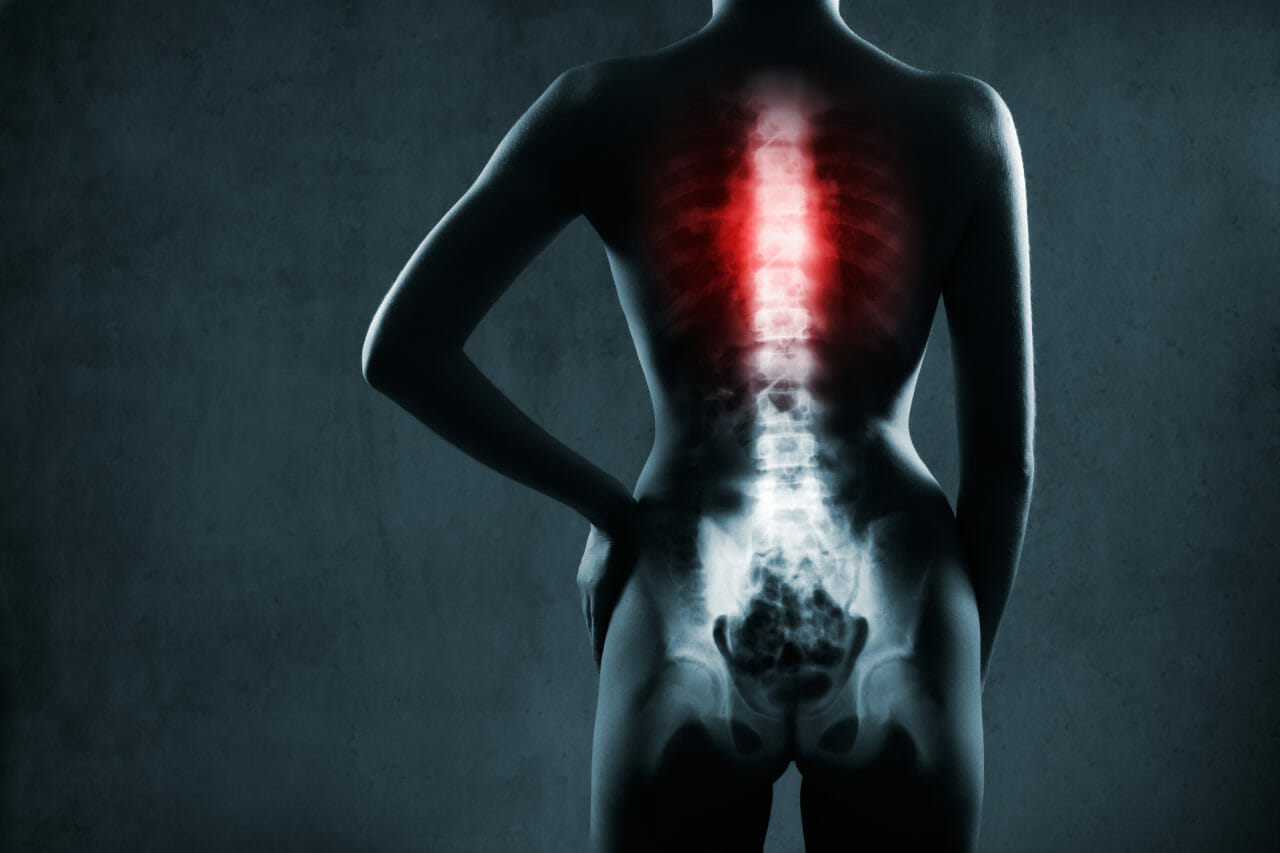

Treatment for muscle overuse typically begins with resting the area, as well as using heat or ice packs to promote blood circulation to the muscle tissues. This could turn into chronic pain if they ignore these signs. Someone who has to make the same motion all day, or lifts things above their head throughout the day, for example, may start to experience muscle irritation, tightness, or strain. Other repetitive activities may cause similar pain.

The classic example of how this occurs is a pitcher in baseball, who does a similar motion every time they pitch, which can often take a toll on their shoulder. This typically occurs due to repeating the same motions over time. Overusing back muscles is another common cause of upper back pain. This process starts with correcting the posture while sitting, and taking regular breaks from the desk to move around and stretch.Įxercises may also improve strength in the back, and using a standing desk can help, too.Ĭonditioning the muscle requires patience, however, and anyone with chronic upper back pain from weak muscles might benefit from seeing a physical therapist to find an exercise routine for their specific needs. It is possible to condition the muscles to be stronger and more durable in most cases. Over time, this pressure can lead to pain and other complications. When a person slouches, pressure from gravity and the body itself pushes on the spine, neck, discs, and ligaments. Over time, the weakening of muscles may lead to pain in the area as they experience strains or irritation. Slouching in a chair over a desk may cause a loss of strength in the muscles. In some muscles, including back muscles, deconditioning is as easy as sitting at a desk with incorrect posture for too long. Humans may decondition their muscles over time by not using them correctly.

People can condition their muscles over time to be stronger or more enduring through exercises and weight training. This proper positioning reduces the mechanical stress to the joints and soft tissue of the shoulder, upper back and neck which resolves pain and improves function and performance.Share on Pinterest Using the muscles infrequently or incorrectly can cause back pain. Proper posture and control of the thoracic spine will also place the muscles of the scapula (shoulder blade), rotator cuff and neck at the correct length to perform movement and exercise more effectively and will respond to exercises more effectively. By reducing the strain on the joints and soft tissues modalities such as massage, electric stimulation, needling and joint mobilization will be more effective at reducing pain and promoting healing. Proper thoracic posture will bring the shoulder and neck into proper position which will reduce strain on the joints and soft tissues. Once proper thoracic posture and motor control of the thoracic spine has been achieved then the symptoms of pain in the neck and shoulder can be addressed. Start with less complex movements with little to no resistance and progress to more complex patterns of movement and eventually against greater resistance. Motor control is enhanced by the ability to maintain proper posture while moving. It is developing an awareness of what proper posture looks and feels like. Motor control starts with the ability to actively get into a proper spinal posture. You cannot strengthen your way out of bad posture. Motor control is not the same as strength. Modalities such as massage, needling, joint mobilizations and stretching/mobility exercises may be used to restore the mobility of the muscles and/or joints so that the spine can be properly aligned. Tight muscles or restrictions of the joints of the thoracic spine may prevent the spine from moving into the proper position. The first step to improving thoracic posture is to determine if the muscles and joints of the thoracic spine have the proper mobility to achieve the correct postural position. But if the thoracic spine is not in the proper neutral alignment and if the proper alignment cannot be controlled and held stable during movement then it is likely that the neck or shoulder pain will not be resolved. Often times injuries of the shoulder, upper back and neck are treated by trying to stretch, strengthen, massage, poke, needle and electrically stimulate the muscles of the neck, upper back and shoulders.


 0 kommentar(er)
0 kommentar(er)
